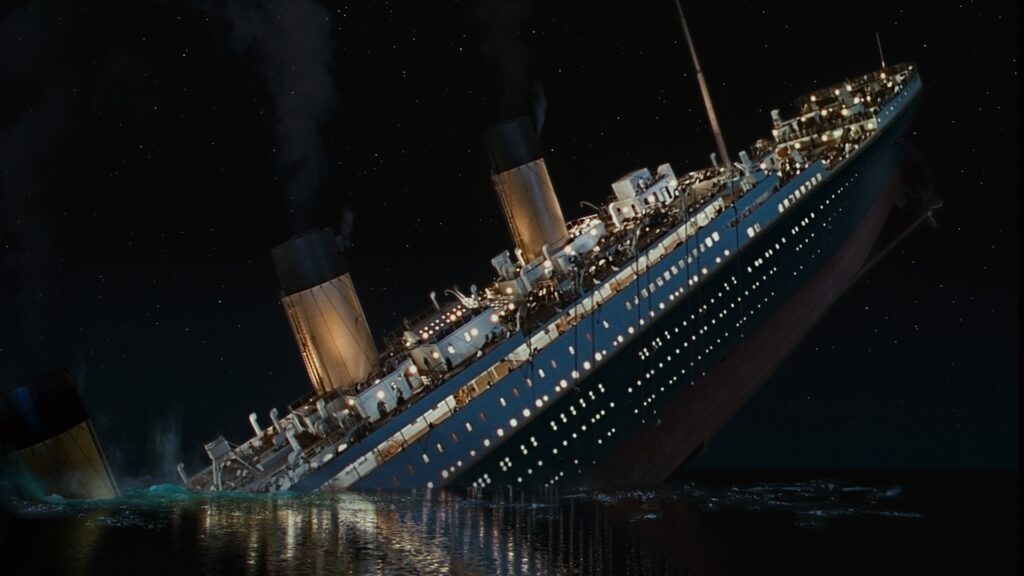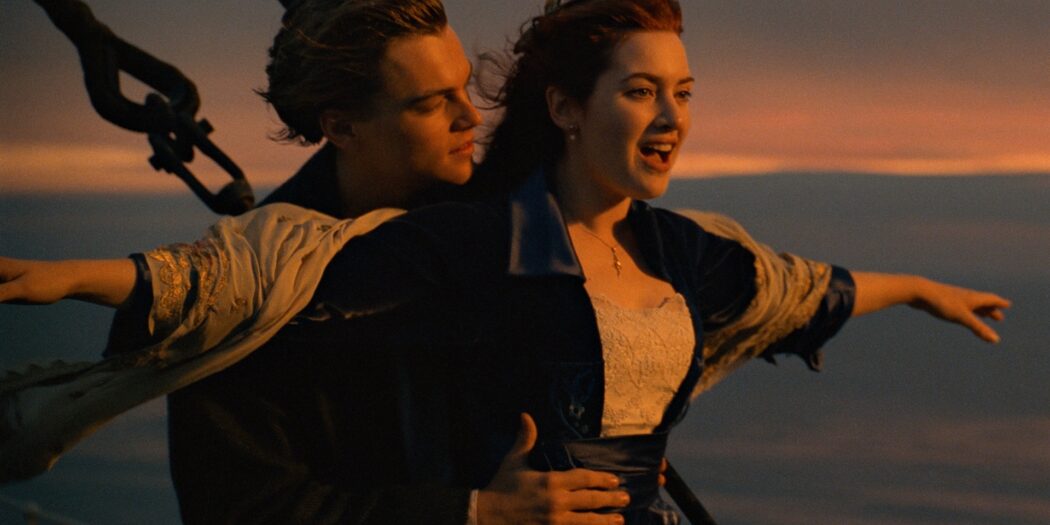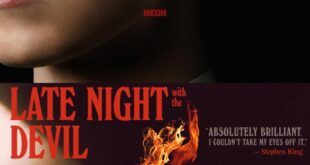The idea of paying to see a movie you’ve seen a dozen times before to see it in theaters might seem like a waste of money to some, but in these days of anxiety about the future of movie theaters, I now almost relish the chance to check out older movies re-released in cinemas. I’ve seen quite a few over the last six months, including the re-release of Jaws and two Kubrick films, A Clockwork Orange and Barry Lyndon. When I saw Cameron’s Titanic being re-released, I was intrigued because it’s long been a film I’ve defended. It feels weird to say I’ve supported a movie that broke the record for Oscar wins and became the highest-grossing movie of all time, but Titanic doesn’t have the most outstanding reputation among movie fans. It’s a movie that gave rise to the hater culture.
To many, Titanic is only a chick flick with a simple story and terrible dialogue. They blame it for giving rise to the teeny-bop culture that would dominate the late 90s due to Leo-mania, like the rise of the Backstreet Boys and NSYNC. It was an incredible phenomenon when it was first released on December 19, 1997, and played throughout cinemas during 1998. I remember seeing it once in theaters, and also, our family owning the two VHS boxes needed to watch this over 3-hour-long epic. What I wanted to check this time around is whether I would still get caught up in the story. Would I catch that maybe the dialogue wasn’t as good as I thought? Had I perhaps forgotten the flaws that everyone claims this movie has? The answer to the last two questions is both a resounding no. Titanic is still epic Hollywood filmmaking at its best.
Cameron structures Titanic around the framing device of 100-year-old Rose Dawson Calvert (Gloria Stuart) telling a research team led by Brock Lovett (Bill Paxton) who are searching the wreck of the Titanic in the modern day about her experience on the ship and her love story with Jack Dawson (Leonardo DiCaprio). In 1912, the younger Rose (Kate Winslet) was set to marry an asshole named Caledon Hockley (Bily Zane), a 30-year-old heir to a Pittsburgh steel fortune. Her mother, Ruth (Frances Fisher), makes it very clear to Rose that this marriage will help keep them in the upper class as they have no money after the recent death of her father. It’s clear though that Rose and Cal do not love each other, and as a result, one night on the ship, Rose intends to jump over the stern railing. She is coaxed back by Jack, who happens to be there, and the two strike up a friendship that eventually becomes love. This is a no-no in high-class society, with Rose falling for Jack, a poor orphan with a third-class ticket he won in a poker game.
That’s the narrative’s main thrust until the Titanic hits the iceberg. It’s a love story and a love story about class divide, which is ever present throughout the film from beginning to end. Most rich people in the movie are cruel and arrogant and only care about status. This includes the designers of the ship who go around saying that it’s unsinkable. This is seen mainly through a character based on a real-life figure played by Jonathan Hyde, J. Bruce Ismay. He is the one who pushes Captain Smith to get there in world record time in New York to make headlines.

The final hour of the film is when it starts to kick into gear with the sinking of the ship itself. Up until that point, the film was a rather lovely love story. I was surprised how quickly I got into the Jack-Rose love story again once the film shifts gears into the sinking itself, though, where Cameron gets to shine as an action filmmaker making terrifying entertainment out of the many people who perished that night. It doesn’t feel like he’s exploiting the tragedy but rather putting us in that alarming circumstance of that night.
To merge the Jack and Rose story with this incredible historical moment is the true stroke of Cameron’s genius because he crafted entertainment that’s a little bit for everyone. It’s not just teeny boppers and moms who loved Titanic. It’s also not a film afraid to say that rich people fucking suck and are not the smartest in the room. My Dad loves Titanic because of its historical aspects. I like it because of the filmmaking’s historical elements and craftsmanship. We feel that sense of freshness that Rose gets from meeting Jack, especially after dealing with Billy Zane’s grotesque villain character.
The film looked great, and it was great to see it on the big screen; I’m just not sure if the 3D conversion was necessary here. As far as the 3D aspects are concerned, I’m not sure if it added a tremendous amount to the viewing experience. Something like Avatar, I’m all on board with the 3D because it’s filmed for 3D. Titanic was not initially shot in 3D. So while this is a bit of a cash grab, the film remains spectacular entertainment.
**** out of ****

 Movie Finatics The Place for Movie Lovers
Movie Finatics The Place for Movie Lovers




